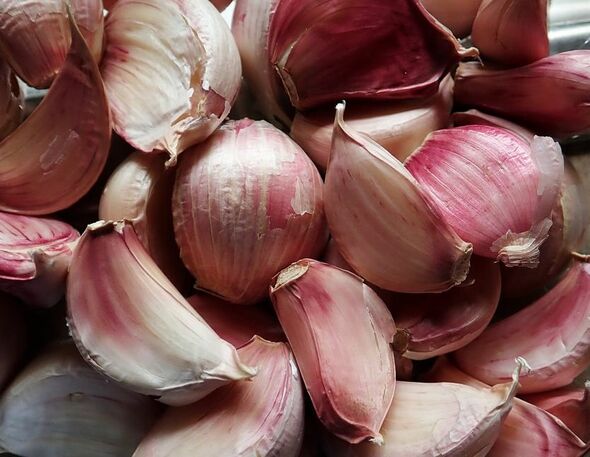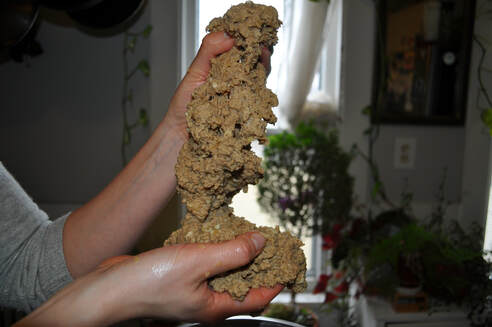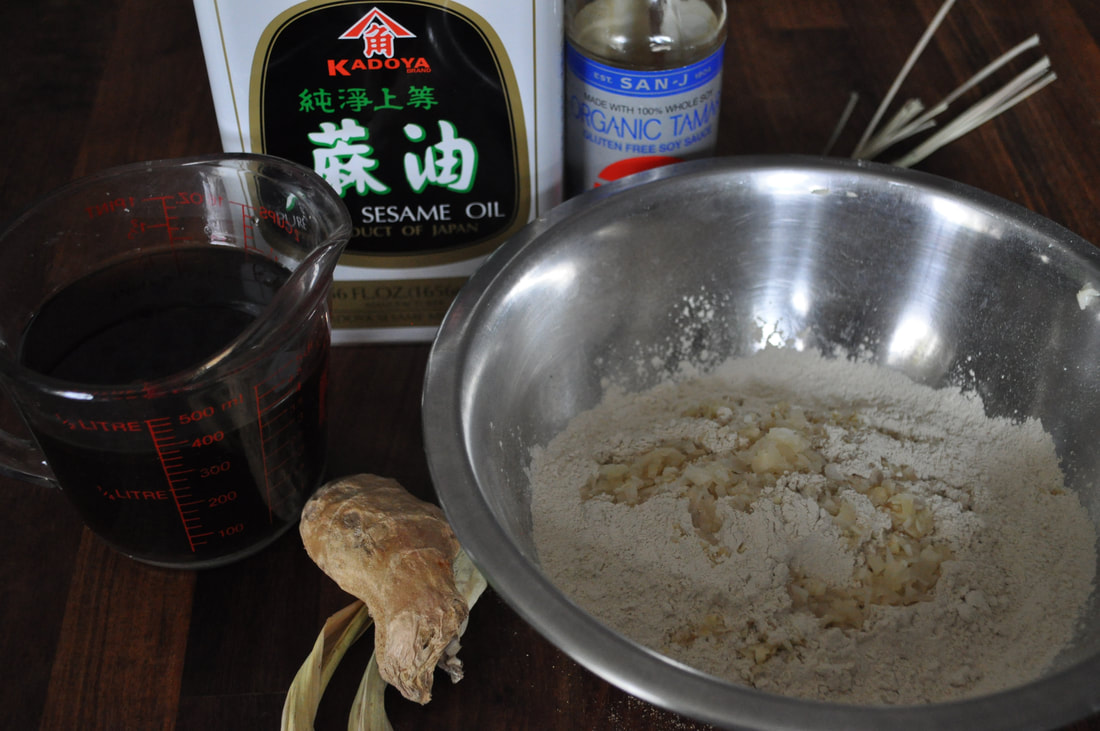garlic basicsGarlic is incredibly versatile, and a great complement to just about any food. There are hundreds of varieties available, but the type of garlic you use, its age, and how you store it can have a big impact on the final dish. The good news? It's actually quite difficult to mess up your dish by adding garlic - simply because it will still be delicious. Roasted garlic is an easy win on flavor, but did you know that the health benefits of garlic are far greater when you slice into it? How does it work?When garlic is crushed, grated, chopped, or minced, the enzyme allinase converts alliin into allicin. Through a series of chemical reactions, it releases its' defense mechanism, which is responsible for unleashing those cholesterol and blood pressuring lowering capabilities, along with reducing risk for developing some cancers. Keep in mind that you'll want to wait about 10-15 minutes before using to maximize on those health properties. You'll also want to bear in mind that too much heat can kill the allicin, which is what you want to retain. If you eat the garlic raw OR wait at least 10-15 minutes before heating -cooking- the garlic, you're good to go. Interestingly, the health benefits may also hold true with other sulfur containing foods like cruciferous vegetables. You know these guys. Brussels sprouts, cauliflower, and broccoli are just a few of my favorites from this category of vegetables. The link is allicin, which is a general name for a class of sulfoxides. Now, for some garlic inspiration: Homemade mock duck Mock duck, the ultimate wheat 'meat'
Mock duck, also known as seitan, is wheat gluten made from gluten, which is the primary protein that makes up wheat. When wheat flour dough is washed in water, all the starch is removed and the gluten remains. When prepared correctly, it looks incredibly similar to meat, which is why it has taken the stage for many meat substitutes. As an added bonus, it's incredibly high in protein and low in fat.
One ounce of vital wheat gluten roughly contains 104 kcal and 21 g protein. Who said vegans can't eat enough protein? If they're eating this, they are likely meeting their nutritional protein needs. But how do you make it? Mock duck, the recipe
Makes 8 servings
Ingredients Dough: 2 cups vital wheat 3 garlic cloves, minced 2 tsp ginger, grated 1 1/4 cup vegetable stock 3 tbsp tamari 2 tsp sesame oil Broth: 4 cups vegetable stock 1/4 cup tamari kombu or other seaweed (optional) 1" knob ginger Directions In a bowl, combine vital wheat, garlic, and ginger. In pot, heat vegetable stock with tamari and sesame oil. Just before it comes to a boil, pull from heat and add to bowl of dry ingredients. Knead for 3-5 minutes, rest 10 minutes, then knead another 3-5 minutes. Allow to rest once again and begin heating broth in a large stock pot. Simply add 4 cups vegetable stock with tamari, seaweed, and ginger. Bring to a boil and reduce to a simmer. Cut small bite-sized pieces of dough using kitchen shears or a knife. Carefully add the small dough balls into the broth and keep submerged as best as possible. Cook at a simmer for 50-60 minutes, remove from heat and allow to cool. Add to a stir fry, salad, stew, curry, you name it! You can also substitute meat dishes with the mock duck and modify the above recipe with different seasonings. You can also add other aromatics to the broth like lemongrass, curry leaves, or cinnamon sticks. Try modifying these recipes by replacing the meat/seafood: revivify me salad, Vietnamese shrimp and noodle salad, or lamb kofte.
0 Comments
|
SEARCH ARTICLES BY CATEGORYAll Dough & Noodle Main Nosh Sauce Or Spread Skin Soups & Stews Spices Sweets READ NEXTMOST POPULAR |
Copyright © 2015 Ranelle Kirchner - All Rights Reserved - Designed by Adrian Daniel Schramm



